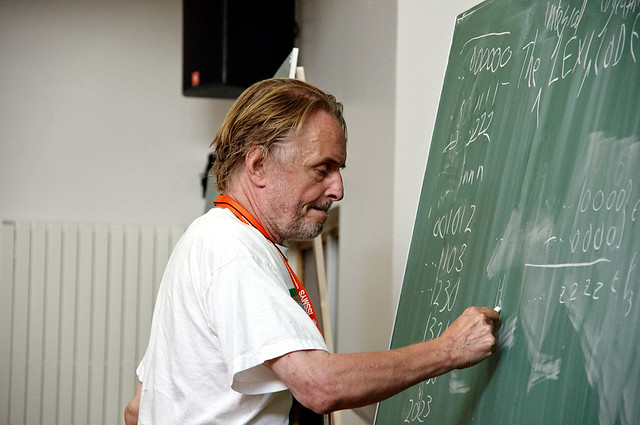 Now 77, John Horton Conway is perhaps the world’s most lovable egomaniac.
Now 77, John Horton Conway is perhaps the world’s most lovable egomaniac.He is Archimedes, Mick Jagger, Salvador Dalí, and Richard Feynman, all rolled into one.
He is one of the greatest living mathematicians, with a sly sense of humour, a polymath’s promiscuous curiosity, and a compulsion to explain everything about the world to everyone in it.
According to Sir Michael Atiyah, former president of the Royal Society and arbiter of mathematical fashion, “Conway is the most magical mathematician in the world.”
And then there is Terry Tao.
Imagine, he said, that someone awfully clever could construct a machine out of pure water.
It would be built not of rods and gears but from a pattern of interacting currents.
As he talked, Tao carved shapes in the air with his hands, like a magician. Now imagine, he went on, that this machine were able to make a smaller, faster copy of itself, which could then make another, and so on, until one ‘‘has infinite speed in a tiny space and blows up.’’
Tao was not proposing constructing such a machine — ‘‘I don’t know how!’’ he said, laughing.
It was merely a thought experiment, of the sort that Einstein used to develop the theory of special relativity.
But, Tao explained, if he can show mathematically that there is nothing, in principle, preventing such a fiendish contraption from operating, then it would mean that water can, in fact, explode.
And in the process, he will have also solved the Navier-Stokes global regularity problem, which has become, since it emerged more than a century ago, one of the most important in all of mathematics.

No comments:
Post a Comment